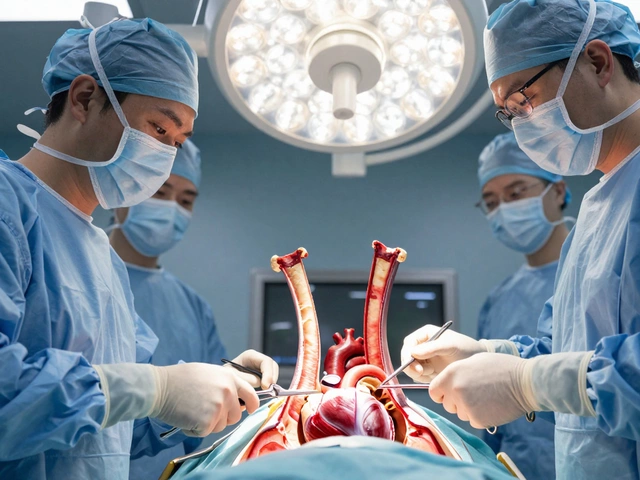Total Knee Replacement: What You Need to Know Today
If you’re gearing up for a total knee replacement, you probably have a mix of hope and worry. You want relief from pain, but the recovery road can feel a bit scary. Good news: most people bounce back faster than they expect, and there are clear steps you can take to make the process smoother.
What to Expect After Surgery
Right after the operation, your knee will be swollen, bruised, and a little tender. The first 24‑48 hours are all about pain control and keeping the joint moving gently. Many patients say days 2‑3 feel like the toughest stretch – the swelling peaks and the pain can be sharp. That’s normal, and it’s why a simple pain‑timeline plan helps. Use prescribed pain meds on schedule, not just when you feel pain, and start the recommended heel‑slide and quad‑sets as soon as the surgeon allows.
When it comes to everyday tasks, you can start showering within a day or two if you have a hand‑held shower head and a sturdy stool. Keep the water warm (not hot) and avoid letting the operated leg dangle unsupported. Safety first: a slip in the tub could set you back weeks.
Driving is another common question. Most experts agree you shouldn’t get behind the wheel until you can flex the knee at least 30 degrees and press the accelerator without pain. For most people, that’s around two weeks, but a quick check‑up with your physiotherapist will give you the green light.
Latest Alternatives to Total Knee Replacement
Not everyone wants—or needs—to go straight to a full joint swap. In 2025, several minimally invasive options have gained traction. Genicular Artery Embolisation (GAE) uses tiny beads to cut down pain by reducing blood flow to inflamed areas. Arthrosamid injections deliver a gel that cushions the joint and can delay surgery for a year or more. The MISHA Knee System is a robotic‑assisted partial resurfacing that keeps more of your natural bone intact.
Agili‑C is a metal‑on‑plastic resurfacing that’s less invasive than a total knee, and Radiofrequency Ablation (RFA) targets nerve signals to dull pain. These alternatives are usually cheaper, have shorter rehab periods, and are available at several UK clinics. Talk to your orthopaedic surgeon about whether any of these fit your health profile.
Whichever route you choose, the rehab plan stays similar: early movement, strength‑building exercises, and protecting the joint from heavy loads for the first six weeks. Think of it like training for a marathon—you don’t sprint the first mile; you pace yourself and gradually increase intensity.
Remember, recovery isn’t just physical. Stay connected with friends, keep a diary of your pain levels, and celebrate small wins—like walking down a short stair without crutches. Those mental boosts keep you motivated and can even speed up healing.
Bottom line: a total knee replacement can give you a pain‑free life, but the first few weeks set the tone. Follow your surgeon’s pain‑timeline, protect the knee while showering, wait for the proper flexion before driving, and explore newer, less invasive alternatives if you qualify. With the right plan, you’ll be back to daily activities far sooner than you think.





